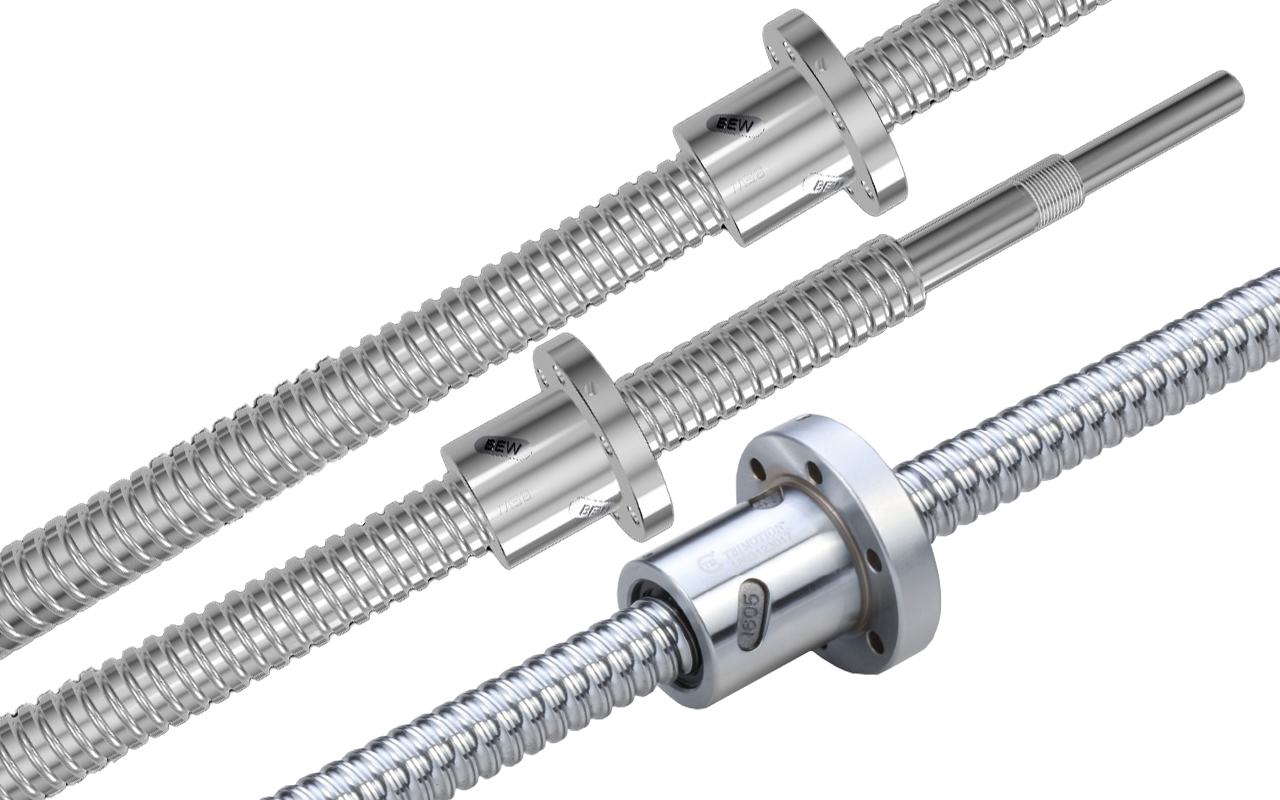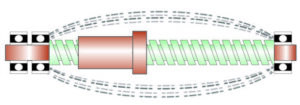What is a ball screw whip and why does it happen?
Ball screws are critical components in various mechanical systems, serving as efficient devices for converting rotary motion into linear motion. However, an inherent limitation of ball screw technology is its inverse relationship between speed and length. As the ball screw shaft extends, it becomes increasingly prone to whipping, akin to a jump rope in motion. This whipping behavior imposes constraints on achieving maximum travel distances, especially when high speeds are essential.
Understanding the Causes of Ball Screw Whip:
Critical Speed Exceedance:
The critical speed of a ball screw assembly plays a pivotal role in determining its permissible operating speed, alongside the characteristic speed. Characteristic speed is influenced by factors related to the ball nut, encompassing the ball return system and ball mass. Advances in ball nut manufacturing and ball recirculation methods have elevated characteristic speeds for most ball screw assemblies. Nevertheless, critical speed remains a limiting factor.
Critical speed, in the context of a rotating shaft like a ball screw assembly, refers to the angular velocity that induces the natural frequency or first resonant frequency of the assembly. Operating the shaft at its natural frequency can trigger resonance, potentially causing severe damage or destruction of the assembly.
Insufficient Stiffness:
Insufficient stiffness in either the ball screws itself or its supporting structures can significantly diminish critical speeds, rendering the system more susceptible to whip. The term “critical speed” refers to the angular velocity at which the natural frequency of a rotating assembly is excited. When the stiffness of the ball screw or its support structures is inadequate, it compromises the system’s ability to resist deflection and whipping during rotation.
In practical terms, lower stiffness in the ball screw allows greater deflection, especially as the length of the screw increases. This increased deflection, coupled with reduced stiffness in the supporting structures, exacerbates the tendency for the ball screw to whip in motion. As the system operates at lower critical speeds, it becomes more prone to resonance, amplifying the risk of detrimental effects such as increased vibrations, heightened noise levels, and potential damage to the ball screw assembly.
Addressing and improving the stiffness of both the ball screw and its supporting structures are essential measures to mitigate the risk of lower critical speeds and the associated challenges of whip. Enhancing stiffness helps to maintain the integrity of the rotating assembly, enabling it to resist excessive deflection and operate within a more favorable range of critical speeds.




